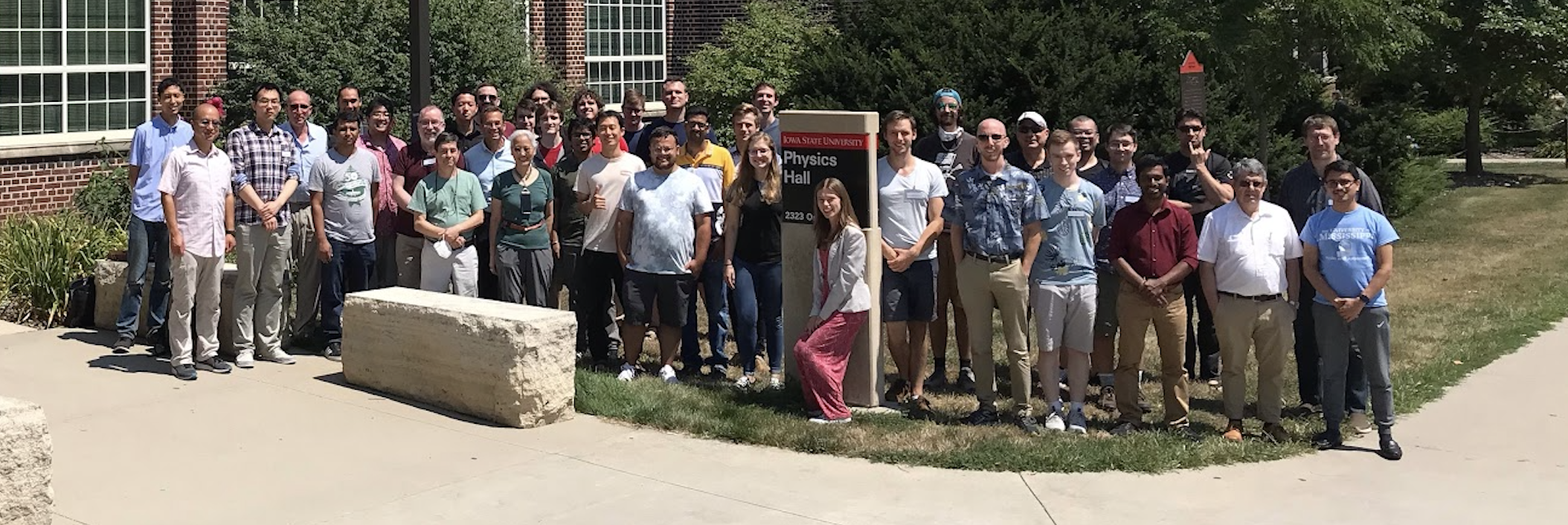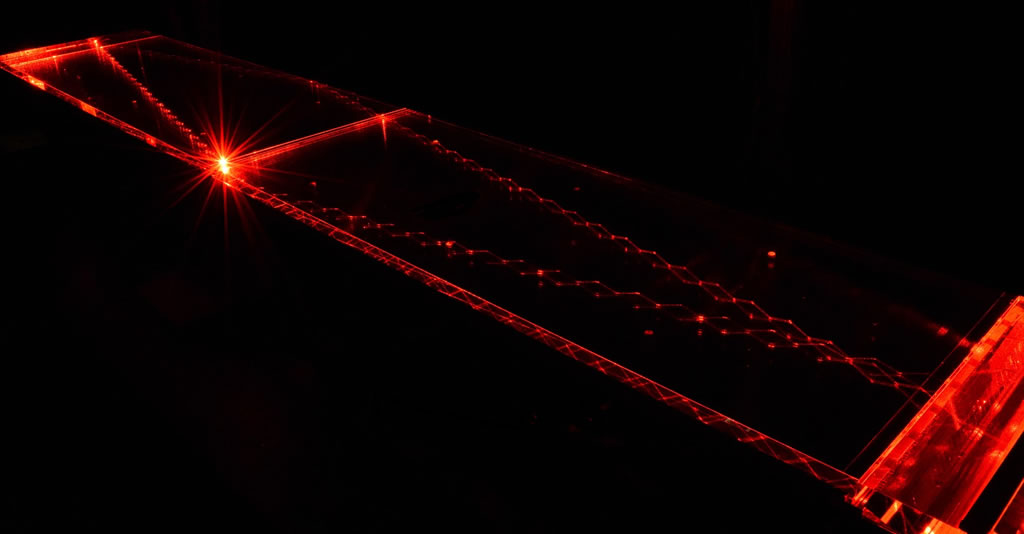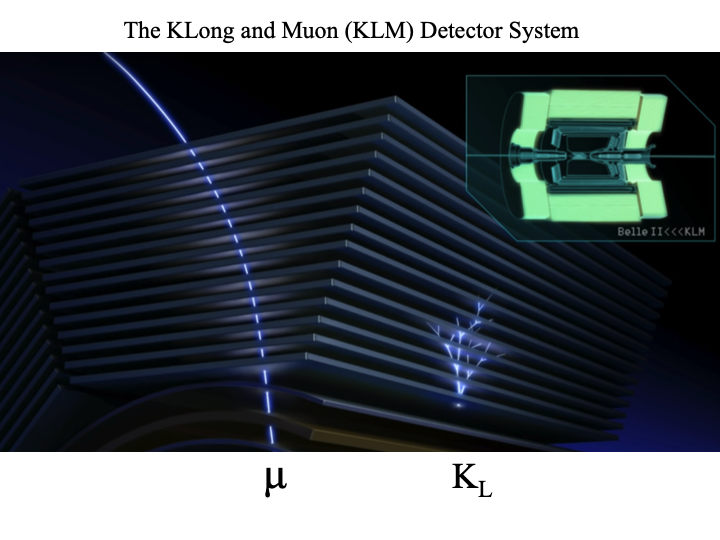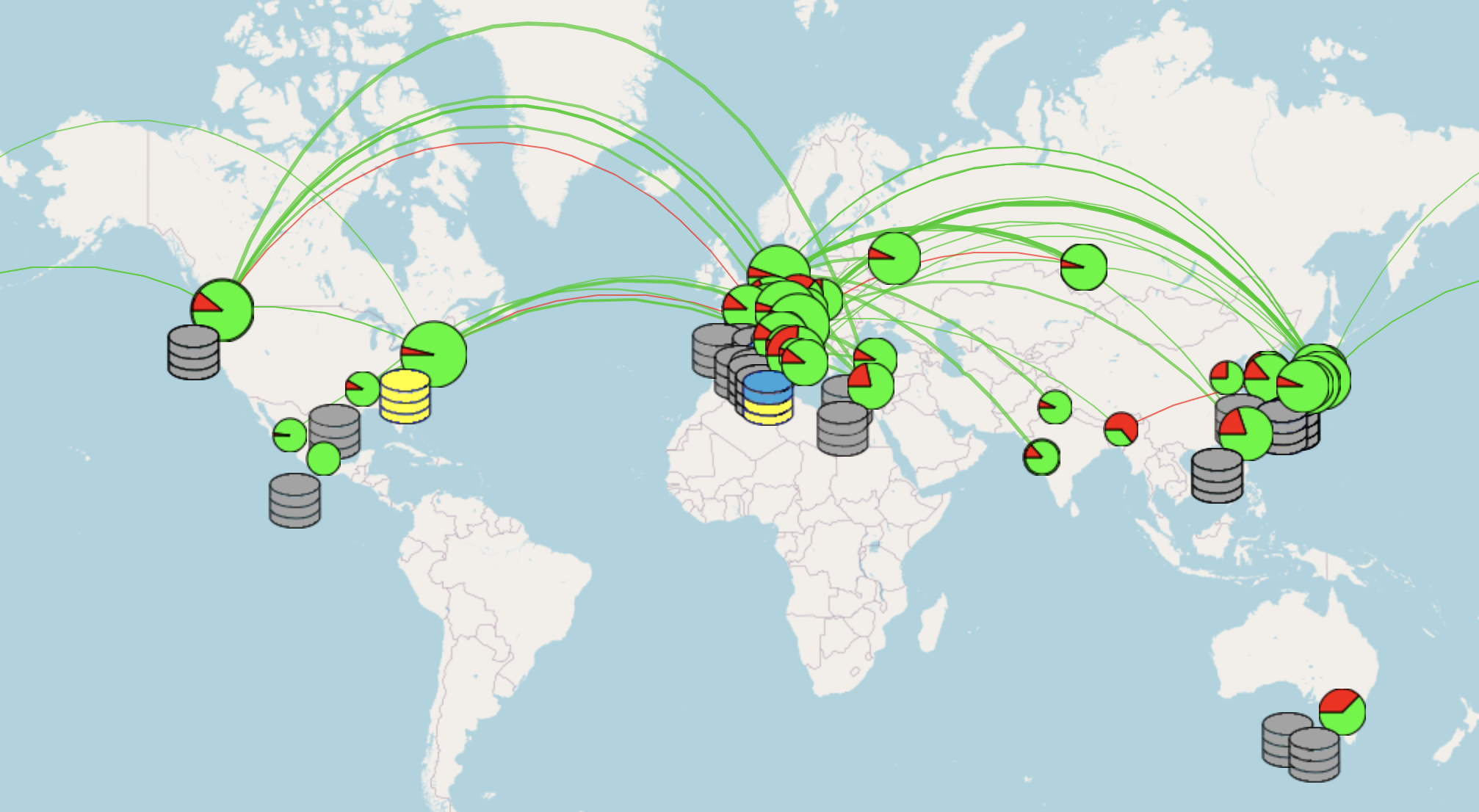
Of Belle II’s over 1,000 physicists spanning over 26 nations, the US Belle II contingent consists of 16 institutions with ~90 members. US Belle II group is funded by the US Department of Energy and its infrastructure is hosted at Brookhaven National Laboratory.

Some of the US Belle II contributions to the Belle II detector are mainly related to the Time-of-Propogation (TOP), K-Long and Muon (KLM), and BEAST detectors. The TOP detector is a novel particle idetnification device that covers the barrel region of the Belle II detector. The KLM is the outermost part of the Belle II detector which is used to identify long-lived neutral kaons (K-Longs) and muons. BEAST (Beam Excorcism for A STable Belle II) is a collection of detectors used for monitoring unwanted beam processes, helping ensure the safety of the Belle II detector.

US contributions are also seen in leading data production and software development of Belle II. As Belle II is expected from producing tens of peta-bytes of real and simulated data every year, Belle II's computing and data production systems play key roles in the success of the experiment by managing and processing these large-scale data sets and provide physics results in a timely fashion. And in order to perform physics analyses, the Belle II Analysis Software Framework (BASF2) is a vital tool for analysts to test aspects of the Standard Model and probe for new physics!

